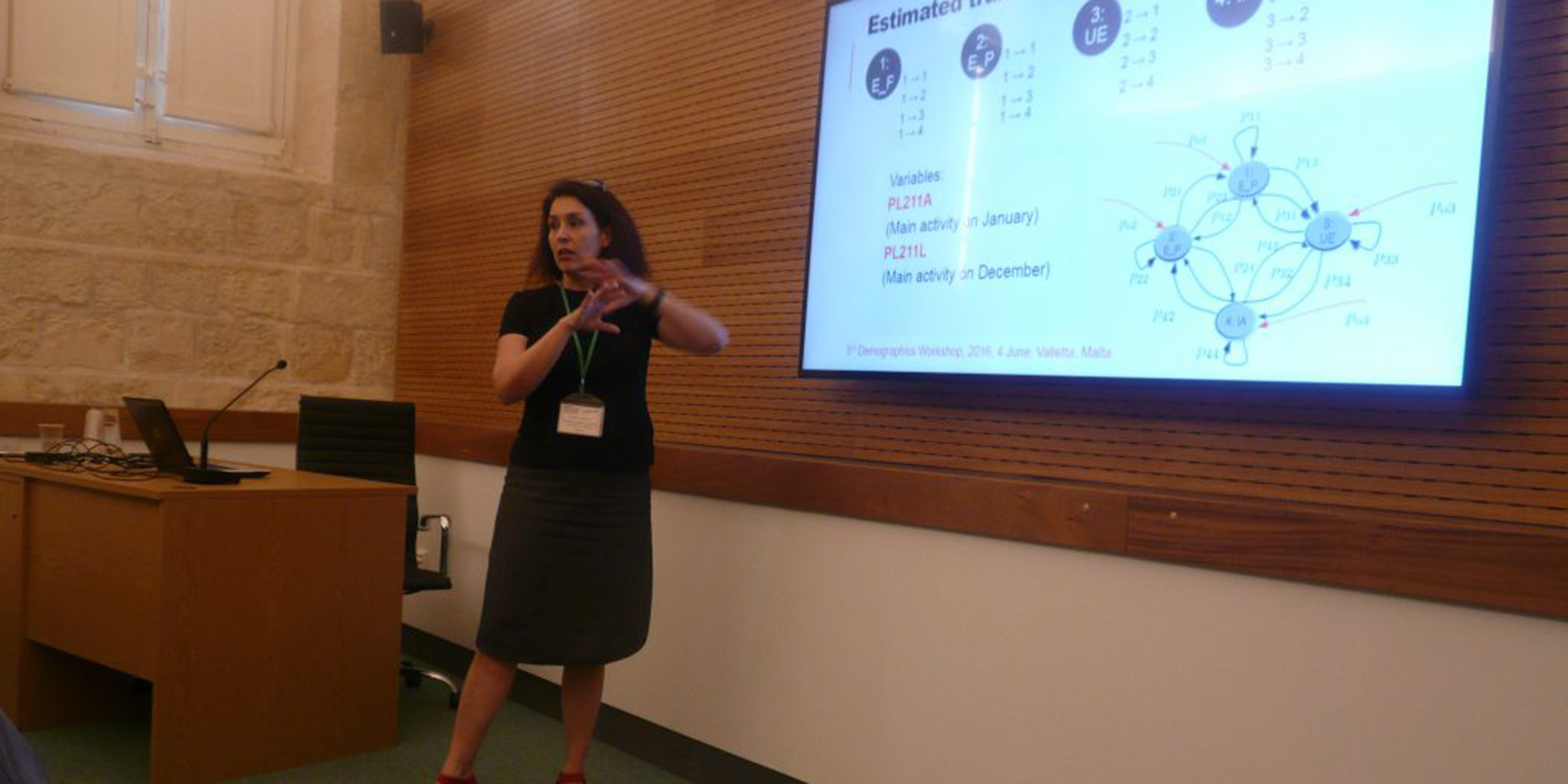The overarching aim of WP3 is to set out a general context in which young people in each country and across Europe form their work expectations and «negotiate» their labour market integration and transition from youth to adulthood. Maria Symeonaki and the Greek team at Panteion University of Social and Political Sciences (UPSPS), Greece have produced the third academic working paper focusing on the role of the economic crisis in determining the degree of early job insecurity in Europe (D3.3.).
The analysis and results uncover significant differences between European countries in:
- the transition probabilities of young individuals among labour market states
- the school-to-labour market entry probabilities of young individuals
- gender differences in school-to-work transition probabilities
- labour fluidity of young individuals
- early job insecurity indicators, and
- the way all the above have evolved over time, during the years of the financial crisis 2007 to present
There are a number of countries (e.g. Bulgaria, Croatia, Estonia, Greece, Cyprus, Italy, Spain, Slovenia), where the probabilities from employment to unemployment increased significantly during the crisis. There are only two countries (Luxemburg and Switzerland) in which these probabilities decreased, whereas in Poland the probabilities of going from employment to unemployment remained at the same level. Looking at the probabilities of going from unemployment to employment and their evolution over time, it is found that these probabilities decreased in the first mentioned countries, as well as in Romania, Slovakia, and Sweden. On the other hand in Czech Republic, Hungary, Latvia, Malta, Poland and Switzerland the probability of going from unemployment to employment increased during the years of the crisis. In general, though, one could say that in the majority of countries, young individuals are less likely to exit unemployment and, at the same time, have lower chances of finding a job when they are unemployed, when compared with the chances that they had at the beginning of the crisis.
There are considerable disparities among European countries in regards to early job insecurity. Some countries manage to get youth employed, while others are struggling with increased youth unemployment rates, youth unemployment ratios, education or training (NEET), part-time employment, temporary employment, long-term unemployment and a simultaneous decrease in the mean income of young individuals. These findings are particular true for Croatia, Greece, Spain, Italy and Ireland. It is noteworthy that part-time employment increased in all countries, while temporary employment has decreased only in Germany, Denmark, Norway and Lithuania. Further details can be found in NEGOTIATE working paper D3.3 (pdf)
